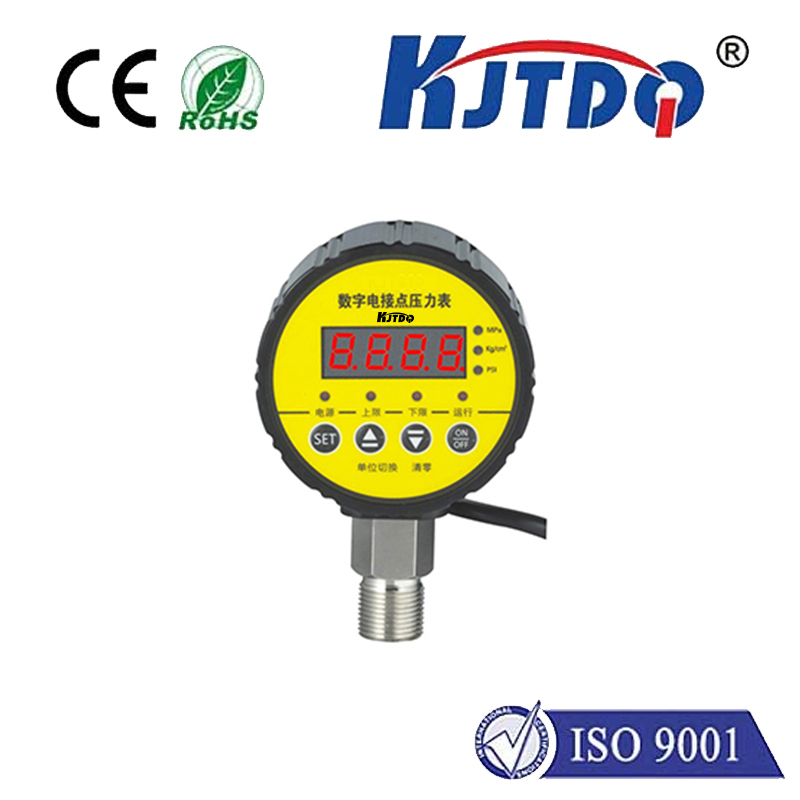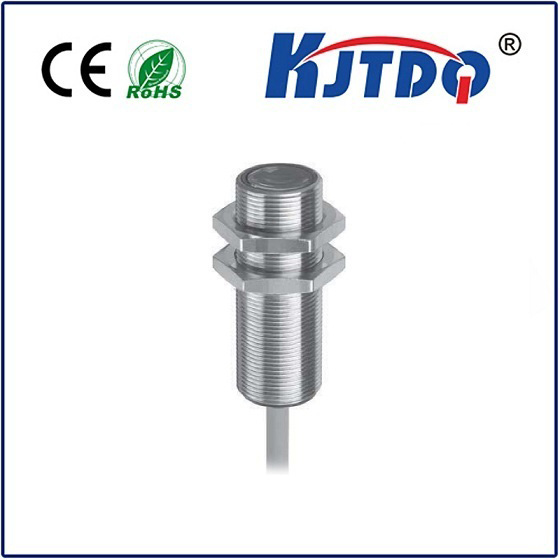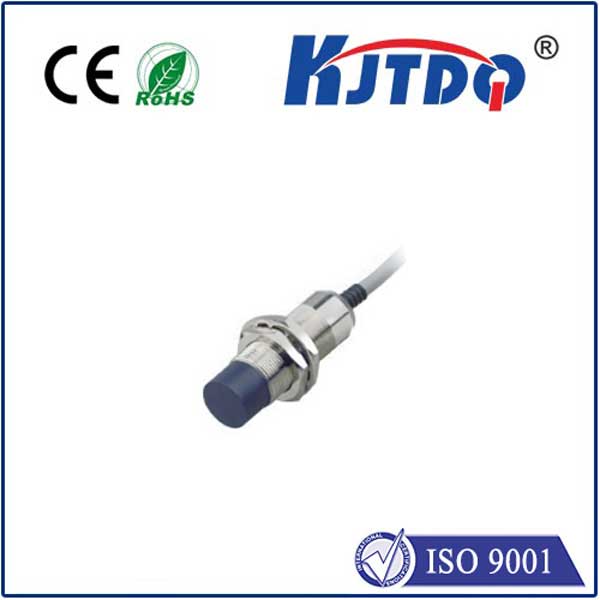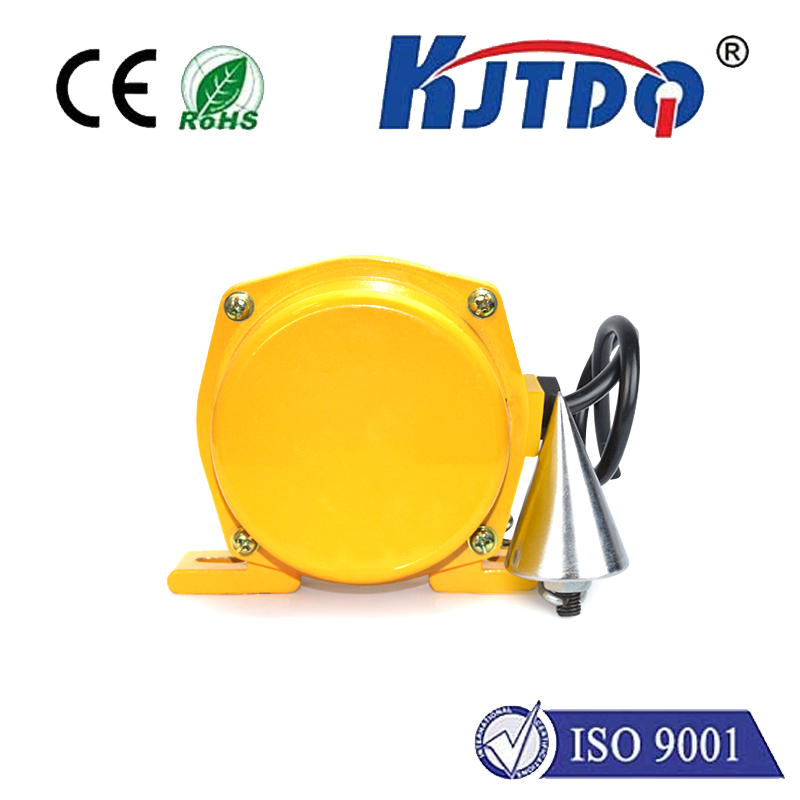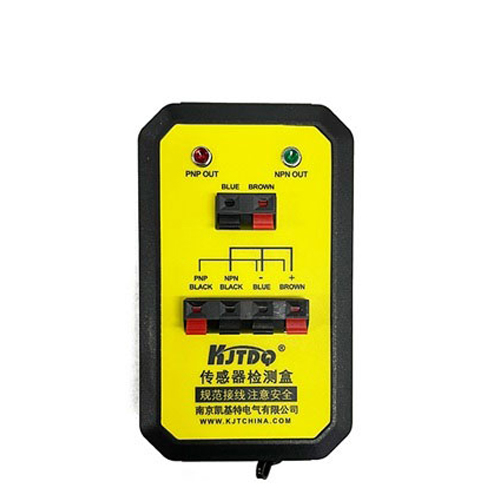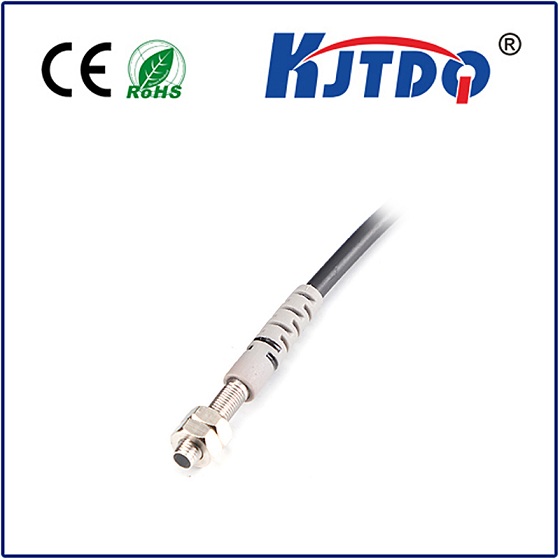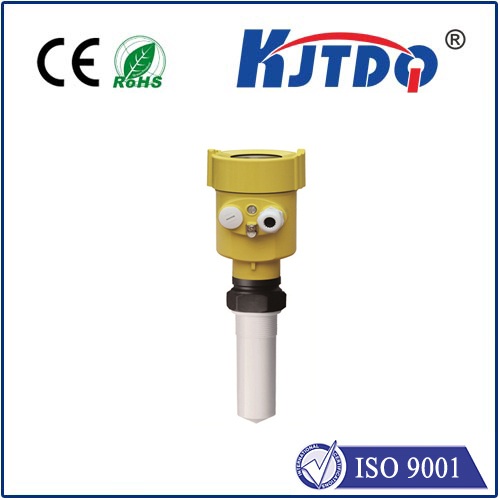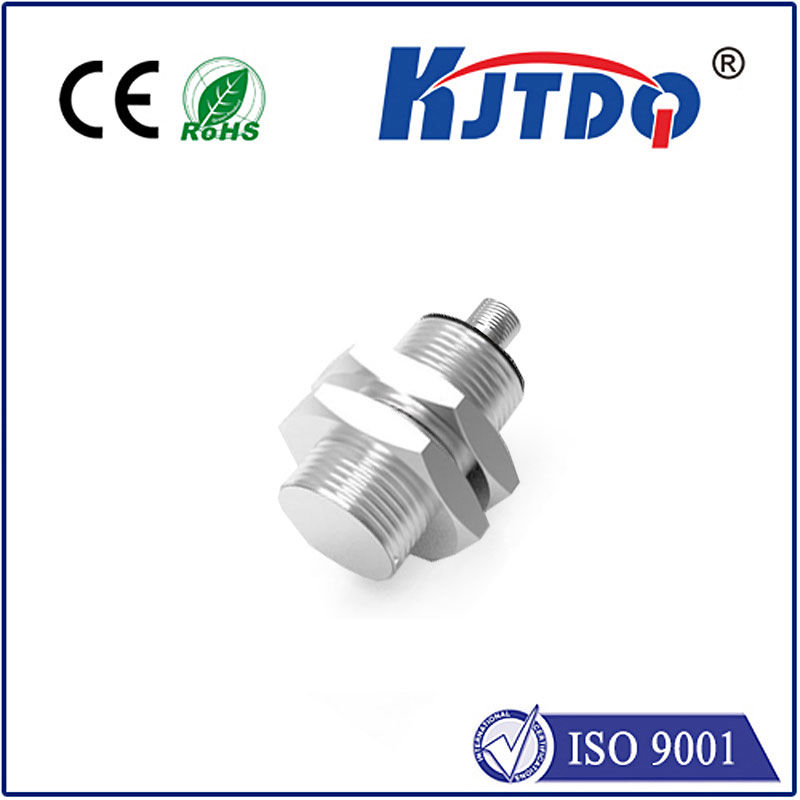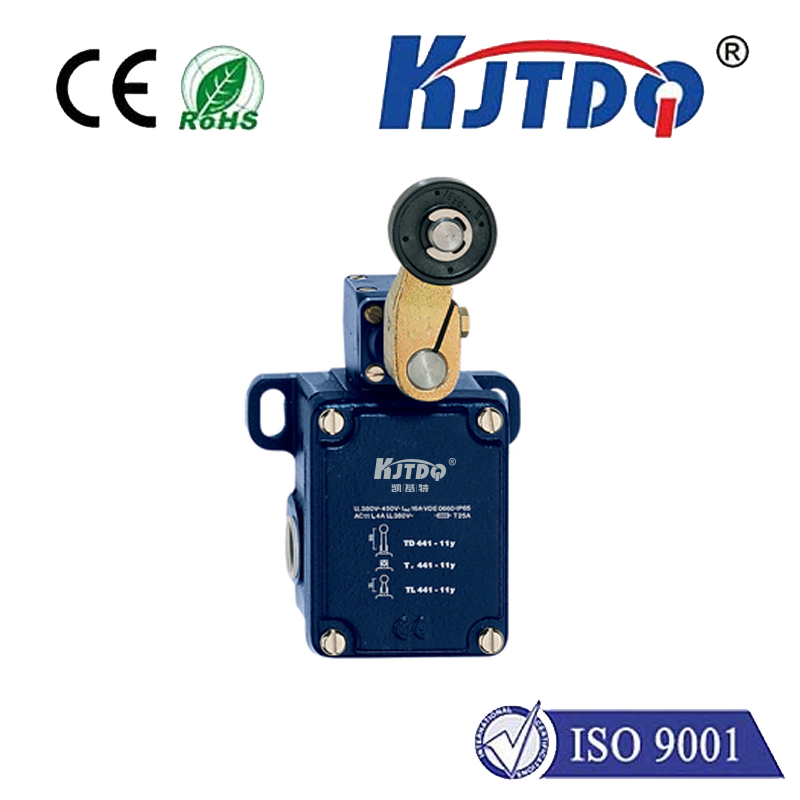

check

check

check

check

check

check

check

check

check

check
High Temperature Inductive Sensors: Enabling Robust and Reliable Performance Under Harsh Conditions
In the realm of industrial automation and process control, sensors play a crucial role in monitoring and maintaining operational efficiency. Among various types of sensors, high temperature inductive sensors have become essential components for environments where extreme temperatures are a norm. These specialized devices are designed to withstand elevated temperatures without compromising their functionality or accuracy, making them ideal for applications in metallurgy, glass manufacturing, and petrochemical processing, among others.
The Working Principle of High Temperature Inductive Sensors
High temperature inductive sensors operate on the principle of electromagnetic induction. They consist of a coil that generates a magnetic field when an electric current is passed through it. When a ferrous metal object comes into proximity with this magnetic field, it induces eddy currents within the object, which in turn creates a secondary magnetic field. The interaction between these primary and secondary fields is detected by the sensor, allowing it to determine the presence or absence of the target metal object.

Advantages of Using High Temperature Inductive Sensors
One significant advantage of high temperature inductive sensors is their ability to function effectively in extreme thermal conditions. Unlike traditional sensors, which may suffer from performance degradation or failure at high temperatures, these sensors are built using materials and designs that can resist heat and maintain operation even when exposed to temperatures well above standard operating ranges.
Another key benefit is their durability and reliability. High temperature inductive sensors are constructed with robust materials that can endure harsh environments, including not only high heat but also corrosive atmospheres and mechanical stresses. This ensures that they provide consistent and dependable readings over extended periods, reducing maintenance costs and downtime.
Applications of High Temperature Inductive Sensors
The use cases for high temperature inductive sensors span various industries. In metal processing facilities, they monitor the positioning and movement of molten metals, ensuring precision and safety during casting and forming operations. Within the glass industry, they track the movement of glass sheets as they undergo heating and cooling processes, critical for achieving uniform quality across production runs. Petrochemical plants utilize these sensors to detect the presence of pipes, valves, and other metallic components under extreme temperature conditions, ensuring efficient flow and preventing leaks.
Conclusion
High temperature inductive sensors represent a significant advancement in sensing technology for environments where conventional sensors fall short. By offering reliable detection capabilities under severe thermal stress, these devices enable industries to streamline processes, enhance product quality, and ensure worker safety. As technological advancements continue to push the limits of what's possible, high temperature inductive sensors stand as a testament to innovation, providing robust solutions for the most challenging of industrial scenarios.

